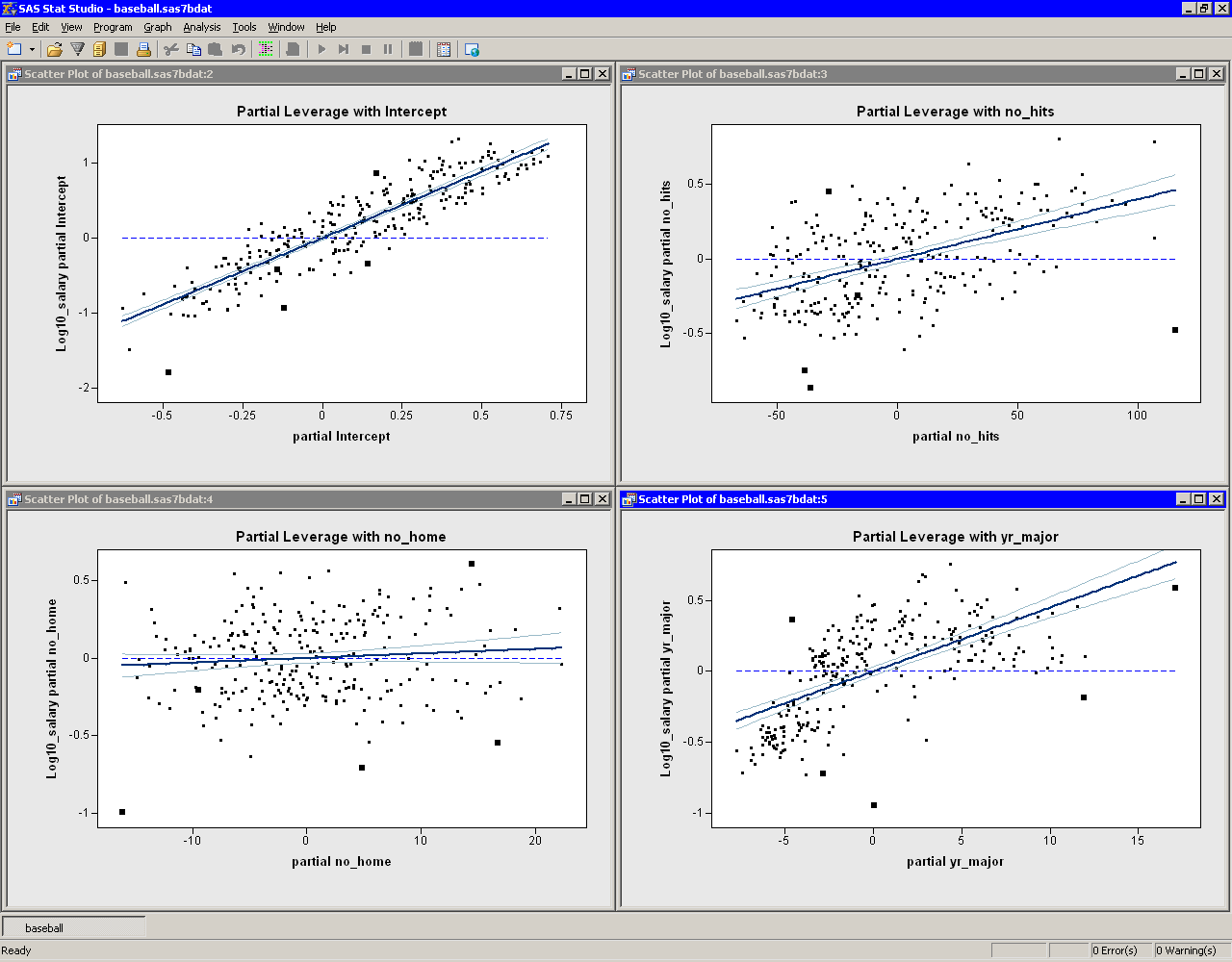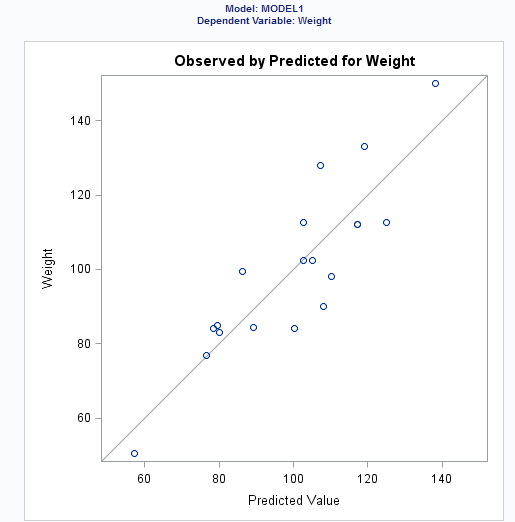

As of December 2022, it has 103 mirrors and 18,976 contributed packages. CRAN originally had three mirrors and 12 contributed packages.
#Linear regression rstudio archive#
Its name and scope mimics the Comprehensive TeX Archive Network and the Comprehensive Perl Archive Network. The Comprehensive R Archive Network (CRAN) was founded in 1997 by Kurt Hornik and Fritz Leisch to host R's source code, executable files, documentation, and user-created packages. The first official 1.0 version was released on 29 February 2000. R officially became a GNU project on 5 December 1997 when version 0.60 released. Mailing lists for the R project began on 1 April 1997 preceding the release of version 0.50. In June 1995, statistician Martin Mächler convinced Ihaka and Gentleman to make R free and open-source under the GNU General Public License. Ihaka and Gentleman first shared binaries of R on the data archive StatLib and the s-news mailing list in August 1993. The name of the language comes from being an S language successor and the shared first letter of the authors, Ross and Robert. The language took heavy inspiration from the S programming language with most S programs able to run unaltered in R as well as from Scheme's lexical scoping allowing for local variables. R was started by professors Ross Ihaka and Robert Gentleman as a programming language to teach introductory statistics at the University of Auckland. Multiple third-party graphical user interfaces are also available, such as RStudio, an integrated development environment, and Jupyter, a notebook interface.

Precompiled executables are provided for various operating systems. It is written primarily in C, Fortran, and R itself (partially self-hosting).
#Linear regression rstudio software#
The official R software environment is an open-source free software environment released as part of the GNU Project and available under the GNU General Public License. As of April 2023, R ranks 16th in the TIOBE index, a measure of programming language popularity, in which the language peaked in 8th place in August 2020. The core R language is augmented by a large number of extension packages containing reusable code and documentation.Īccording to user surveys and studies of scholarly literature databases, R is one of the most commonly used programming languages in data mining. Created by statisticians Ross Ihaka and Robert Gentleman, R is used among data miners, bioinformaticians and statisticians for data analysis and developing statistical software.

R is a programming language for statistical computing and graphics supported by the R Core Team and the R Foundation for Statistical Computing.


 0 kommentar(er)
0 kommentar(er)
